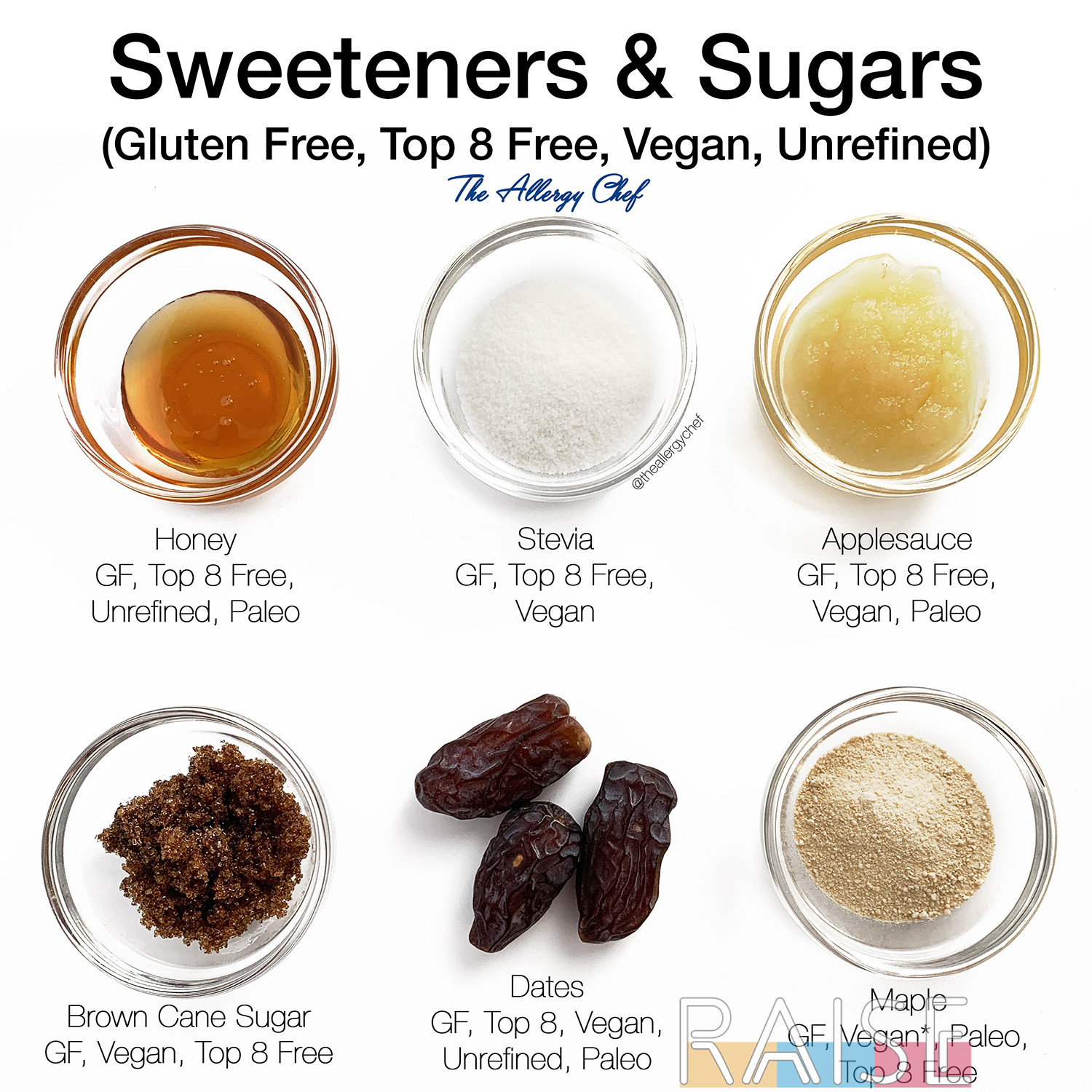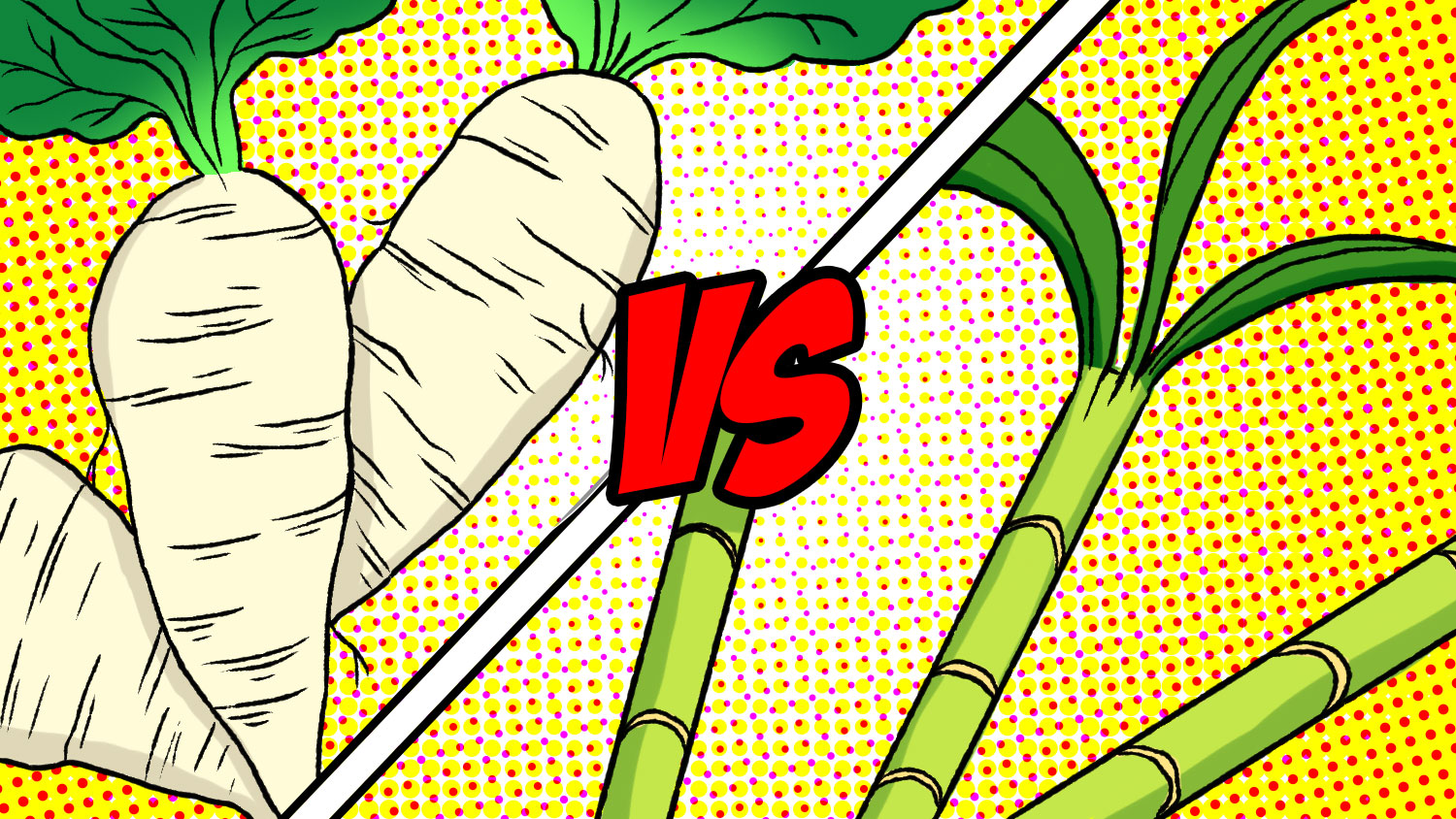Beet Sugar vs Cane: Which Option Provides a More Authentic Taste?
Checking Out Beet Sugar Vs Walking Stick: Nutritional Benefits and Culinary Utilizes
The comparison between beetroot sugar and walking stick sugar expands past simple preference and texture, disclosing intricate nutritional accounts and culinary applications that merit cautious assessment. While both sugars share a typical structure in sucrose, their distinct qualities can influence not just health and wellness factors to consider but additionally the results of numerous recipes. Understanding these distinctions can aid in making notified selections for both nutritional needs and culinary preferences. As we discover the nuances of these two sugars, it comes to be clear that the effects of their use are more profound than one could at first assume.
Review of Beet Sugar
Although both beet sugar and walking stick sugar serve similar features in culinary applications, beetroot sugar is acquired specifically from the sugar beet plant (Beta vulgaris), an origin vegetable cultivated in warm climates. This procedure begins with the harvesting of sugar beets, which are after that cleaned, sliced, and subjected to extraction methods to produce sugar-rich juice (beet sugar vs cane). The juice goes through purification and formation, causing the granulated sugar typically made use of in industries and families
Nutritionally, beetroot sugar is chemically the same to cane sugar, both primarily being composed of sucrose. Beetroot sugar production tends to have a reduced environmental effect, as sugar beets require less water and can be grown in diverse farming problems. In addition, the cultivation of sugar beets can add to crop rotation methods, enhancing soil health.
Beetroot sugar commonly contains trace quantities of minerals and vitamins, consisting of calcium and potassium, although these are negligible in regular intake. In food preparation and baking, beet sugar does equivalently to its walking stick equivalent, making it a versatile sugar. Its neutral taste account enables it to be effortlessly integrated right into numerous dishes without modifying the intended taste of the end product.
Overview of Walking Stick Sugar
Cane sugar, acquired from the sugarcane plant (Saccharum officinarum), represents roughly 70% of global sugar manufacturing. This versatile sugar is grown in tropical and subtropical regions, with significant producers including Brazil, India, and China. The removal process includes crushing the sugarcane stalks to release the juice, which is then clarified, evaporated, and taken shape to produce raw walking cane sugar.
Cane sugar is identified by its fine, white granules and is commonly discovered in both powdered and granulated forms. Its flavor profile is frequently referred to as sweet and tidy, making it suitable for a wide variety of cooking applications, from baking and preparing to sweetening beverages.
Along with its cooking usages, walking cane sugar likewise works as a preservative in jellies and jams, as well as a fermentation representative in the production of liquors. The sugar is often refined into different products, consisting of molasses, brown sugar, and fluid sugar, each offering distinct features that can enhance various dishes. Generally, walking stick sugar remains a staple ingredient in cooking areas worldwide, highlighting its importance in both culinary practices and contemporary gastronomy.
Nutritional Contrast
When comparing beet sugar and walking stick sugar, it is important to evaluate their dietary profiles to comprehend their effects on health and wellness. Both types of sugar are primarily composed of sucrose, which is a disaccharide made up of glucose and fructose. This indicates that, in terms of caloric web content, they are nearly similar, giving approximately 16 calories per tsp.
However, there are refined differences in their handling and mineral material. Beet sugar is usually processed utilizing bone char, which might not appropriate for vegans and vegetarians, while walking stick sugar can be more straightforwardly improved. In regards to trace element, walking stick sugar might keep somewhat extra calcium, potassium, and magnesium due to less substantial processing, though these quantities are minimal contrasted to day-to-day recommended consumption.
In addition, both sugars add to the very same health and wellness threats when consumed in too much quantities, such as excessive weight, type read what he said 2 diabetes mellitus, and dental problems. Inevitably, the selection between beet and walking cane sugar might hinge a lot more on individual preference or dietary restrictions instead than considerable distinctions in nutritional worth. Recognizing these subtleties can assist consumers in making informed dietary selections.

Culinary Use Beet Sugar
Beet sugar, a flexible sugar stemmed from sugar beetroots, locates many applications in cooking practices - beet sugar vs cane. Its refined crystals liquify quickly, making it a perfect ingredient for baking, food preparation, and beverage prep work. In the world of cooking, beetroot sugar contributes to moisture retention and browning, boosting the texture and taste of cookies, pastries, and cakes
Additionally, its neutral flavor account permits it to blend seamlessly into numerous dishes without subduing other ingredients, making it suitable for both tasty and sweet meals. Beet sugar can likewise be utilized in marinades, dressings, and sauces, where it stabilizes level of acidity and enriches the general preference.
In drinks, beet sugar is frequently made use of to sweeten tea, coffee, and alcoholic drinks, giving a regular sweet taste that complements varied taste profiles (beet sugar vs cane). In addition, it works as a preservative in jams and jellies, making sure a steady product with improved service life
Culinary Utilizes of Cane Sugar
Sweet taste is a basic view it now aspect of lots of culinary creations, and cane sugar plays an important duty in attaining that balance. Cane sugar enhances tastes in treats, supplying the sweetness vital for breads, cookies, and cakes.
In tasty dishes, walking cane sugar can stabilize acidity and bitterness, boosting the general flavor account. It is commonly made use of in sauces and sauces, where it assists to develop a harmonious mix of sweet, salty, and umami notes. Additionally, walking cane sugar is a vital component in preserving fruits, as it acts as an all-natural preservative, preventing microbial development.
In beverages, walking stick sugar is typically preferred for sweetening sodas, teas, and cocktails, permitting for a clean, pure sweet taste. Its convenience makes it a staple in both home cooking areas and specialist cooking setups, showcasing its relevance in accomplishing cooking excellence.
Conclusion

The contrast in between beet sugar and walking cane sugar expands past simple preference and texture, exposing elaborate nutritional profiles and culinary applications visit homepage that merit cautious examination.Although both beetroot sugar and walking cane sugar offer comparable functions in cooking applications, beetroot sugar is obtained particularly from the sugar beetroot plant (Beta vulgaris), an origin vegetable grown in temperate climates. Beet sugar manufacturing tends to have a reduced ecological impact, as sugar beetroots call for much less water and can be expanded in diverse agricultural problems. The sugar is often refined into various products, including molasses, brownish sugar, and fluid sugar, each offering one-of-a-kind features that can improve different recipes.Beet sugar, a functional sweetener derived from sugar beets, discovers numerous applications in cooking practices.